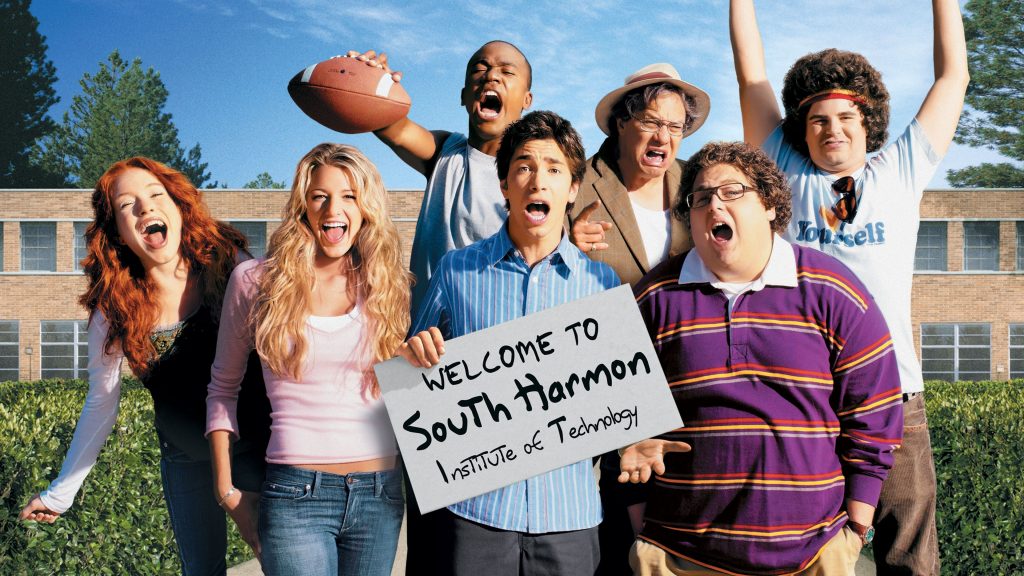What Is Child-Centered Schooling?
the man was born in 1859. He was an American philosopher and a psychologist. More importantly, though, he was an educational reformer. And it was he who came up with the concept of child-centered schooling.

How many of you are familiar with the name John Dewey? There may not be many of you, as the man was born in 1859. He was an American philosopher and a psychologist. More importantly, though, he was an educational reformer. And it was he who came up with the concept of child-centered schooling.
Dewey’s approach to education, being one of the more prominent American scholars of his time, was that he believed learning was best done by doing. He felt education should base itself around the concept of doing, rather than just sitting in a classroom. He saw a few elements in classrooms of his day that didn’t work and hoped that there would be a shift.
Dewey felt that the passive attitude seen in the classroom was all wrong. He also felt that the mechanical way of massing children into a classroom was a bad fit for them as well. Finally, Dewey saw the curriculums being used and believed what they taught was lacking.
How It Works
Child-centered schooling hands over a lot of classroom control to the student. Students are given a wider berth with decision-making and educational direction. Student study exercises are built around specific needs and based on more of what interests them. If this way of teaching were done at home, you might call it unschooling. This is where parents of homeschooled children let the child decide what they want to learn.
The whole purpose of child-centered schooling is not really to give the student classroom control, but instead, it is to get the student excited about learning. If a child is enjoying their lessons, they are going to want to learn. They won’t be bored in class, they won’t drag on their homework, and teachers won’t have to deal with as many mental issues as they do when dealing with an unhappy classroom.
The main difference in child-centered schooling is the teacher-student relationship. When class is teacher-centric, a teacher plans the lessons and the students follow, many times unwillingly. There is only one leader in the classroom. With a child-centered classroom, the teacher shares leadership with students. There is an understanding between the teacher and student and the student takes on much more responsibility, including self-discipline.
Child-Centered Schooling In Pop Culture

Child-centered schooling was the theme of the underrated 2006 comedy Accepted, which starred Justin Long, Jonah Hill, and Blake Lively. The film first had Long’s character, Bartleby Gaines, find out he wasn’t accepted into any college. In the process of finding this out he, along with other friends who didn’t get into college, decide to create their own fake college as a way to keep their parents off their back. Unfortunately for Bartleby and his friends, a large number of other rejected college students got word of the new college, applied, and were accepted.
What made the college of Accepted different (besides not being a real college) was the fact that classes they began to create were centered around what students wanted to learn, not what they were told they had to learn. They got to create their own classes and their own subjects. This new “college” was centered specifically around students, and they saw it flourish.
The Problem With Child-Centered Schooling
This idea of child-centered schooling is not one that all educators see eye to eye on. A teacher in this system must plan a classroom based on the uniqueness of each student. With 25 individuals in a class, that can be an impossible task. Teachers have to understand age, gender, and personality. Not all kids mature at the same speed. Outside of a college setting this leads to unruly classrooms. This unruliness can be an obstacle for some learners.
Another problem critics point to involves the system’s teacher understanding their change in role. Teachers are used to a setting where what they say, the students do. In a child-centered schooling classroom, teachers share that responsibility with kids who may be 7-years-old. Some teachers are unable or unwilling to accept that kind of change.







